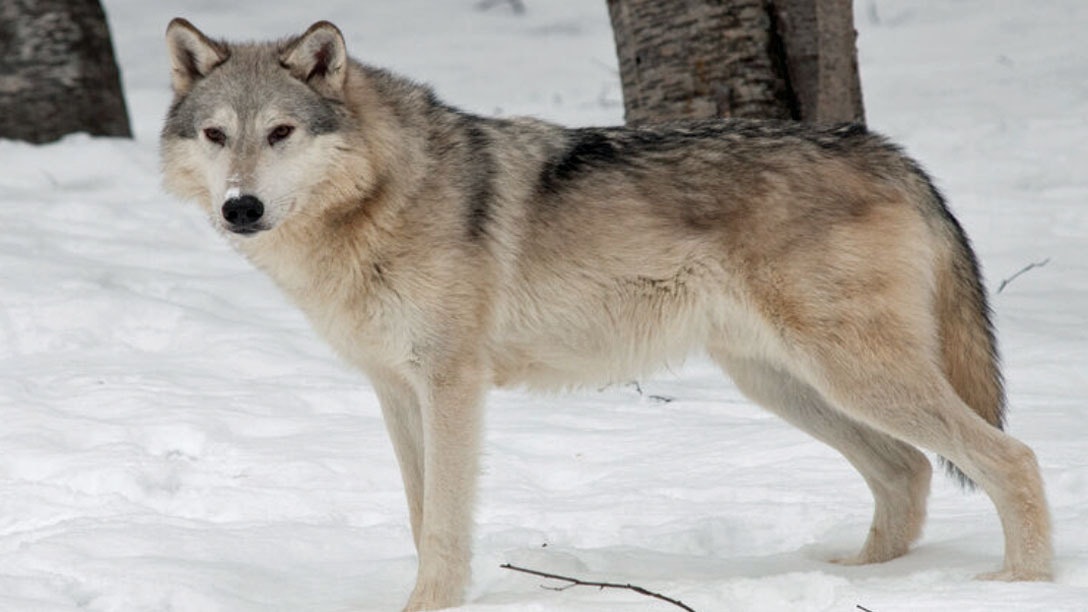Dear editor:
As a member of the Yellowstone Center for Resources team who worked for a decade to restore wolves to the park, I find Rod Miller’s barstool history factually flawed, and reminiscent of the barstool biology we’ve heard for generations.
Rod’s putting in quotes the word, “return,” reveals his total lack of knowledge about the millennia of residence by wolves in North America, including the fact that from 1914 to 1926, 136 wolves were killed in Yellowstone; the remnants of hundreds.
In the superintendent’s annual report of 1880: “(Wolves) were exceedingly numerous in all portions of the Park, but the value of their hides and their easy slaughter …have nearly led to their extinction.”
In 1978, biologist John Weaver documented their absence in the park, and recommended they be introduced from Canada.
The U.S. Congress passed the Endangered Act (ESA) in 1973, with the Senate approving it unanimously and the House voting 390-12 in favor.
It directed the U.S. Fish and Wildlife Service (FWS) to list and conserve endangered and threatened species. National Park Service (NPS) Administrative Policies provide that native species missing due to human action should be returned.
The Northern Rocky Mountain Wolf Recovery Pan of 1987 was to reintroduce wolves to Yellowstone and central Idaho.
In 1988, Congress directed the NPS to respond to several questions before they would authorize the agency to proceed with the next required step: an Environmental Impact Statement (EIS) on the plan to restore wolves.
Park staff did, producing about 1,300 pages of “Wolves for Yellowstone?” volumes I-IV in 1990 and 1992.
In 1991, Congress funded and directed the preparation of an EIIS, and FWS began a massive information, consultation, and participation effort, holding 130 hearings and open houses, giving hundreds of talks, mailing over 750,000 informational documents, and gathering, analyzing, and considering 270,000 public comments from 50 states and 40 countries; completing the 600-page EIS in April of 1994. It was the most carefully considered federal action to that date.
The ecological effects of wolves in Yellowstone have been studied at great length, and reported in hundreds of peer-reviewed publications. Annual reports are available at go.nps.gov/yellwolves.
An easy to read summary of the first twenty years is in Yellowstone Science Volume 24 Issue 1, June 2016, Celebrating 20 Years of Wolves, available at www.nps.gov/yellowstonescience.
A book, Wolves on the Hunt, came out in 2015. A good summary of the subject is Yellowstone Wolves Science and Discovery in the World’s First National Park, Edited by Douglas W. Smith, Daniel R. Stahler, and Daniel R. MacNulty. 2020. U. Chicago Press.
The economic effect of wolves is striking. The annual net benefit from wolf watchers to the counties surrounding Yellowstone is nearly $83 million.
In short, restoring wolves to the region has offered many benefits that far outweigh the modest costs of sharing the landscape with them.
John Vucetich, in his 2021 book, Restoring the Balance, wrote, The health of ecosystems inhabited by large herbivores depends on the cascading trophic effects of predation.” John has studied wolves three decades.
Sincerely,
Norman Bishop
Bozeman, Montana





